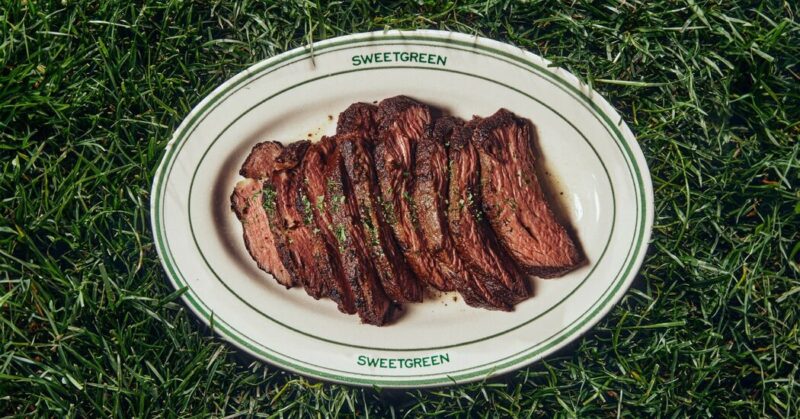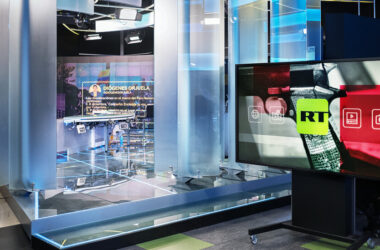Nearly two decades after the fast-casual salad chain Sweetgreen was founded, the company announced on Tuesday that it would introduce beef to its menu.
According to Nicolas Jammet, a founder of Sweetgreen, the addition of a caramelized garlic steak option comes at a time when many Americans are trying to increase their protein intake and also as Sweetgreen is looking to attract more customers for dinner.
The decision, however, leaves many questions about how the company, which has more than 225 locations, may accomplish its goal of carbon neutrality by 2027 when beef production is a significant factor in climate change. As the company’s website states, “Not only do we have a duty on a human level to do our part, but the business case for a great product that also protects the planet is clear.”
Mr. Jammet said the company waited to introduce steak in part because it was challenging to prepare among other items in the restaurants, but also because Sweetgreen wanted to be intentional about how it sourced the beef.
“We could’ve had steak earlier, but we launched without it and our business did really well,” Mr. Jammet said.
He added: “As more people are eating more meat, we see that as an opportunity to go and really be a change agent and catalyst in the supply chain.”
A company spokeswoman said the beef is pasture raised mostly on farms in Australia and New Zealand that are “rooted in regenerative farming principles and were chosen for their high standards on animal welfare and gentle impact on the land.”
Part of the company’s strategy to reach carbon neutrality is purchasing carbon offsets, the effectiveness of which are often difficult to assess.
And though there is no official certification for regenerative agriculture, it generally uses techniques that maintain healthy soil and sequester carbon in plant roots and tissues. Carbon is then stored in the soil, which limits it from re-entering the atmosphere as carbon dioxide or methane, two contributors to global warming.
But experts disagree on just how far this methodology goes toward creating sustainable beef.
Beef makes up about 3 percent of calories in American diets, but it accounts for about half of the country’s agricultural land use and creates a significant amount of our greenhouse emissions, said Tim Searchinger, a senior research scholar at Princeton University and a fellow at the World Resources Institute. As cows digest grass, they also burp copious amounts of methane, a greenhouse gas.
“The bottom line is: Beef is very, very inefficient,” Mr. Searchinger said. “And it’s not just me talking about this. This is not a good move from Sweetgreen.”
He added, “A pound of beef from the best grazing land on the planet is still much worse than a pound of chicken, let alone a pound of lentils.”
Though some ranches around the country have been practicing regenerative practices for decades and seen benefits.
“A lot of criticisms are based on studies that are relatively short-term,” said Hugh Aljoe, the director of ranches, outreach and partnerships at the Noble Research Institute, a nonprofit agricultural research organization. “Our ecosystem did not evolve in short, three- to five-year studies. Carbon fluxes in our environment.”
“We’ve got to realize that we’re only part of this earth for a short period of time,” Mr. Aljoe added. “It took eons to build the natural ecology that occurs within North America, and it’s up to us to try to better understand how we can take our management and apply our practices so that we can have a more long-term, resilient — financially and ecologically — sustainable environment for generations to come.”





